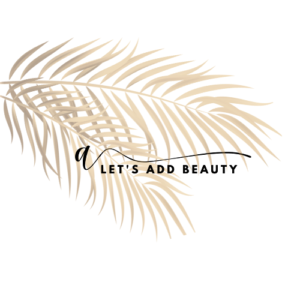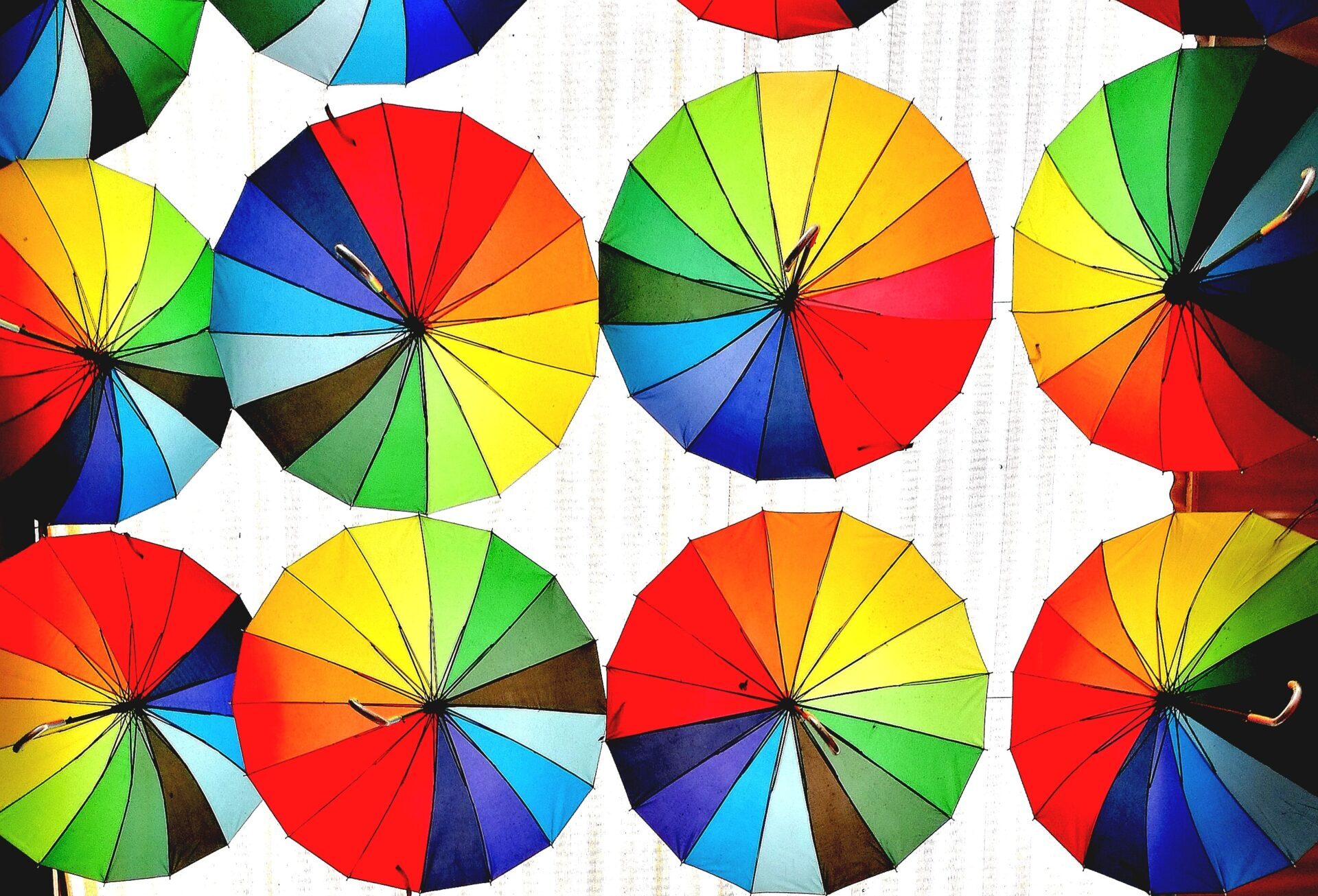When it comes to makeup, colors play an important role in accentuating our facial features, expressing our personality and creating a stunning look. Understanding the principles of color theory will help you make the right choices when applying your makeup for eye-catching combinations and beautiful effects. In this blog, we’ll dive into the fascinating world of color theory for makeup and explore the basics, MAkeup color wheel, and techniques that will help you up your beauty game.
The Basics of Color Theory:
Color Theory in Makeup is a set of principles and guidelines that explain how colors interact and influence each other. It has three main components: Hue, Quality, and Intensity.
- Hue: Hue refers to the pure form of a color, such as red, blue or yellow. Knowing different hues and their undertones is important for creating a balanced makeup look.
- Color: Color refers to the lightness or darkness of a color. You can vary the value (value means how much black, white or gray is in the color) to add depth, dimension and contour to your look.
- Intensity:Intensity refers to the saturation or brightness of a color. Colors with high intensity are bold and striking, while colors with low intensity are neutral and muted.
>> Makeup Color Wheel Guide for Beginners:
The Makeup color wheel is an important tool for understanding color relationships in makeup. It consists of primary, secondary, and tertiary colors.

- Primary colors: Primary colors are the basis of the color wheel and cannot be created by mixing other colors. There are three primary colors: red, blue and yellow.
- Secondary colors: Secondary colors are produced by mixing two primary colors. There are three secondary colors, namely green, violet and orange.
-
- Red and Blue create Violet (or Purple).
- Red and Yellow create Orange.
- Blue and Yellow create Green.
3. Tertiary colors: Tertiary colors are created by mixing a primary color with a secondary color. There are six tertiary colors. They are located between the primary and secondary colors on the color wheel.
-
-
- Red and Orange create Red-Orange.
- Red and Violet create Red-Violet.
- Blue and Green create Blue-Green.
- Blue and Violet create Blue-Violet.
- Yellow and Green create Yellow-Green.
-
>> Understanding WARM and COOL tones in Makeup:
The Makeup Color Wheel is divided into warm and cool colors. The warmth or coolness of a color is also known as its color temperature. Generally, the color combinations found in the color wheel are balance of warm and cool hues. According to color theory, different color temperatures evoke different emotions. For example, Warm colors make you feel relaxed & lively, while cool colors make you calm & solitary.
Warm colors- ranges from red to yellow. These colors remind us of warmth, like the sun.
Cool colors- ranges from blue to green and purple. These colors cool our minds, like water.

How to use color theory in makeup:
- Warm undertones look best with peach, gold, and earthy shades.
- Cool undertones are complemented by pink, blue, and silver tones.
>> Color Combinations for Makeup:
To create visually appealing makeup looks, it’s important to know color combinations that work together harmoniously. I know that many of you who are just starting your career in makeup or even if your are a established makeup artist sometimes have trouble matching colors with your client’s outfit or jewellery, or just putting the entire look together. So here are a few popular options to understand color combinations:
- Complementary Colors: Complementary colors are positioned opposite each other on the color wheel, such as blue and orange or red and green. When used together, they create contrast and make each other stand out.

Image by macrovector on Freepik - Analogous Colors: These Colors are placed next to each other on the color wheel, such as blue and purple, red and pink or yellow and orange. These combinations create a sense of harmony and can be used for soft, simple makeup looks.

- Monochromatic Colors: Monochromatic color schemes involve using different shades and tints of a single color. This technique can create an elegant and beautiful makeup look.

- Triadic Colors: Triadic color schemes use three evenly spaced colors from the color wheel. For instance, yellow, blue, and red. This combination creates bright and colorful makeup looks.

>> Best Color Combinations for Eye Makeup
To create visually appealing eye makeup, it’s essential to know the best color combinations for eye makeup that work harmoniously:
- Complementary Colors: Found opposite each other on the Makeup Color Wheel, such as blue and orange or red and green. These create contrast and make each other stand out.
- Analogous Colors: Placed next to each other on the color wheel, such as blue and purple, red and pink, or yellow and orange, creating soft, blended looks.
- Monochromatic Colors: Different shades and tints of a single color for a sophisticated appearance.
- Triadic Colors: Three evenly spaced colors on the Makeup Color Wheel, like yellow, blue, and red, for bright and bold looks.
>> Color Theory Techniques for Professional Makeup Artists:
Color theory techniques play a crucial role in achieving stunning makeup looks. Here are some techniques you can incorporate into your makeup routine to achieve balanced and visually appealing results:
1. How to Choose the Right Makeup Shades for Your Skin Tone
Understanding skin undertones is essential for selecting flattering shades.
- Warm undertones pair well with golden, peach, or bronze shades.
- Cool undertones complement pink, berry, and icy tones.
- Neutral undertones can wear both warm and cool shades effortlessly.
2. Highlighting and Contouring
Use contrasting shades strategically:
- Contour: Apply a shade darker than your skin tone to define cheekbones, jawline, and nose.
- Highlight: Use a shade lighter on the high points of the face, like the cheekbones and brow bones, to bring out features.
3. Eyeshadow Blending Using the Color Wheel for Eyeshadow
- Apply a transition shade close to your skin tone for seamless blending.
- Layer complementary or analogous colors for depth.
- Blend well to create a gradient effect.
- Use the color wheel for eyeshadow to determine the best shades for your eye color and desired effect.
4. Complementary Lip Colors
Match lip color with the rest of the makeup look:
- Warm-toned eye makeup pairs well with peach or coral lips.
- Cool-toned eye makeup looks stunning with berry or pink lips.
5. Color Blocking for a Bold Look
- Mix contrasting shades for high-impact makeup.
- Keep the rest of the look minimal to balance bold eyes or lips.
Conclusion:
Color theory provides a framework for selecting the right shades, whether it’s choosing foundation and blush that flatter your skin tone or creating a captivating eye look with complementary eyeshadow colors. By utilizing techniques such as highlighting and contouring, eyeshadow blending, and color blocking, you will be able to enhance your features, create depth and dimension, and achieve a polished and professional finish.
While color theory serves as a guide, there are no strict rules when it comes to makeup. Feel free to experiment, trust your instincts, and let your creativity soar. The most important thing is to have fun and embrace the transformative power of color in your makeup routine.
Mastering color theory in makeup allows you to select shades that enhance your features and elevate your look. Whether you’re a beginner exploring the Makeup Color Wheel Guide for Beginners or a professional seeking color theory techniques for professional makeup artists, these principles provide a strong foundation.
Remember: Makeup has no strict rules—experiment, express your creativity, and let your artistry shine!
Frequently Asked Questions (FAQs)
1. What is the Makeup Color Wheel and how is it used in makeup?
A. The Makeup Color Wheel is a visual representation of colors that helps determine harmonious color combinations for makeup application.
2. How do I choose the right eyeshadow color for my eye color?
A. Use the color wheel for eyeshadow selection to find complementary shades that enhance your natural eye color.
3. What are the best color combinations for eye makeup?
A. The best color combinations for eye makeup include complementary, analogous, and triadic color schemes based on the Makeup Color Wheel.
4. How can I determine my skin undertone?
A. Look at the veins on your wrist:
- If they appear green, you have warm undertones.
- If they appear blue, you have cool undertones.
- If they appear a mix of both, you have a neutral undertone.
5. How can color theory help in choosing the right lipstick shade?
A. Using color theory for makeup, warm skin tones look best with peach or coral shades, while cool skin tones are complemented by pink or berry tones.






Very nice information.